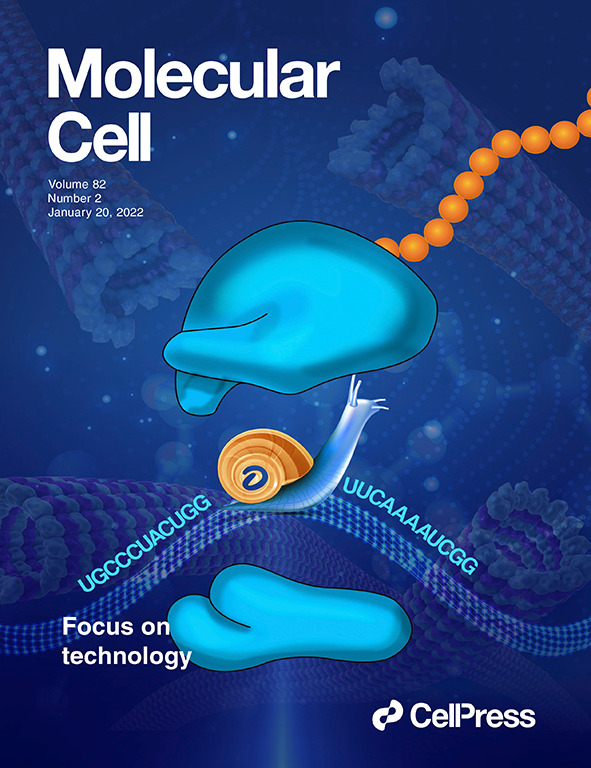Is FAM19A5 an adipokine? Peripheral FAM19A5 in wild-type, FAM19A5 knockout, and LacZ knockin mice
IF 3.7
3区 生物学
Q2 BIOCHEMISTRY & MOLECULAR BIOLOGY
引用次数: 0
Abstract
FAM19A5 is a novel secretory protein expressed primarily in the brain. However, a recent study reported that FAM19A5 is an adipocyte-derived adipokine that regulates vascular smooth muscle function through sphingosine-1-phosphate receptor 2 (S1PR2). In our study, we investigated FAM19A5 transcript and protein levels in peripheral tissues, including adipose tissues, from wild-type, FAM19A5 knockout, and FAM19A5-LacZ knockin mice. We found that the FAM19A5 transcript levels in the central nervous system were much greater than those in any of the peripheral tissues, including adipose tissues. Furthermore, the FAM19A5 protein levels in adipose and reproductive tissues were below detectable limits for Western blot analysis and enzyme-linked immunosorbent assay (ELISA). Additionally, we found that the FAM19A5 protein did not interact with S1PR2 in terms of G-protein-mediated signal transduction, β-arrestin recruitment, or ligand-mediated internalization. Taken together, our findings revealed basal levels of FAM19A5 transcripts and proteins in peripheral tissues, confirming its primary expression in the central nervous system and lack of significant interaction with S1PR2.
FAM19A5 是一种脂肪因子吗?野生型、FAM19A5 基因敲除和 LacZ 基因敲除小鼠的外周 FAM19A5。
FAM19A5 是一种新型分泌蛋白,主要在大脑中表达。然而,最近的一项研究报告称,FAM19A5 是一种源自脂肪细胞的脂肪因子,可通过鞘磷脂-1-磷酸受体 2(S1PR2)调节血管平滑肌功能。在我们的研究中,我们调查了野生型小鼠、FAM19A5 基因敲除小鼠和 FAM19A5 LacZ 基因敲除小鼠外周组织(包括脂肪组织)中的 FAM19A5 转录物和蛋白水平。我们发现,中枢神经系统中的 FAM19A5 转录本水平远远高于包括脂肪组织在内的任何外周组织中的水平。此外,脂肪组织和生殖组织中的 FAM19A5 蛋白水平低于 Western 印迹分析和酶联免疫吸附试验的检测限。此外,我们发现 FAM19A5 蛋白与 S1PR2 在 G 蛋白介导的信号转导、β-restin 招募或配体介导的内化方面没有相互作用。综上所述,我们的研究结果显示了 FAM19A5 转录本和蛋白质在外周组织中的基础水平,证实了它主要在中枢神经系统中表达,并且与 S1PR2 没有显著的相互作用。
本文章由计算机程序翻译,如有差异,请以英文原文为准。
求助全文
约1分钟内获得全文
求助全文
来源期刊

Molecules and Cells
生物-生化与分子生物学
CiteScore
6.60
自引率
10.50%
发文量
83
审稿时长
2.3 months
期刊介绍:
Molecules and Cells is an international on-line open-access journal devoted to the advancement and dissemination of fundamental knowledge in molecular and cellular biology. It was launched in 1990 and ISO abbreviation is "Mol. Cells". Reports on a broad range of topics of general interest to molecular and cell biologists are published. It is published on the last day of each month by the Korean Society for Molecular and Cellular Biology.
 求助内容:
求助内容: 应助结果提醒方式:
应助结果提醒方式:


